Sustainability Trends
Sustainability has become a pivotal driver in the Premium Apparel Market, as consumers increasingly seek eco-friendly and ethically produced clothing. This shift is not merely a trend but a fundamental change in consumer behavior, with many individuals willing to pay a premium for sustainable products. Data suggests that a significant percentage of consumers prioritize brands that demonstrate a commitment to environmental responsibility. This has prompted many premium apparel brands to adopt sustainable practices, such as using organic materials and reducing waste in production. As awareness of environmental issues continues to grow, the demand for sustainable apparel is expected to rise, compelling brands to innovate and adapt their offerings to meet these evolving consumer expectations.
Rising Disposable Incomes
The Premium Apparel Market is experiencing a notable surge in demand, driven by rising disposable incomes among consumers. As individuals gain more financial freedom, they are increasingly willing to invest in high-quality apparel that reflects their personal style and status. This trend is particularly evident in emerging markets, where economic growth has led to a burgeoning middle class. According to recent data, the average disposable income has increased significantly, allowing consumers to prioritize premium brands over mass-market options. This shift indicates a growing appreciation for craftsmanship and exclusivity, which are hallmarks of the premium apparel segment. Consequently, brands that position themselves effectively within this market are likely to benefit from this upward trend in consumer spending.
Shift Towards Personalization
The shift towards personalization is emerging as a critical driver in the Premium Apparel Market. Consumers are increasingly seeking unique and tailored experiences, prompting brands to offer customizable options in their apparel lines. This trend is supported by data indicating that personalized products can lead to higher customer satisfaction and loyalty. As consumers desire to express their individuality through fashion, brands that provide bespoke services or limited-edition collections are likely to capture a larger share of the market. Furthermore, advancements in technology enable brands to gather consumer data and preferences, allowing for more targeted marketing strategies. This focus on personalization not only enhances the consumer experience but also positions brands favorably in a competitive landscape.
Influence of Celebrity Endorsements
The influence of celebrity endorsements remains a significant driver in the Premium Apparel Market. High-profile figures often shape consumer preferences and trends, leading to increased visibility and desirability for premium brands. Data suggests that collaborations between celebrities and apparel brands can result in substantial sales spikes, as fans are eager to emulate their favorite stars. This phenomenon is particularly pronounced in the luxury segment, where exclusivity and brand prestige are paramount. As social media platforms continue to amplify celebrity influence, brands that effectively leverage these partnerships are likely to see enhanced brand loyalty and consumer engagement. Consequently, the strategic use of celebrity endorsements could be a key factor in driving growth within the premium apparel market.
Technological Advancements in Retail
Technological advancements are reshaping the Premium Apparel Market, particularly through the integration of e-commerce and digital platforms. The rise of online shopping has transformed how consumers interact with brands, allowing for a more personalized and convenient shopping experience. Data indicates that a substantial portion of premium apparel sales now occurs online, with consumers increasingly utilizing mobile devices for purchases. This shift has prompted brands to enhance their digital presence and invest in technology that improves customer engagement. Additionally, innovations such as augmented reality and virtual fitting rooms are becoming more prevalent, enabling consumers to visualize products before purchase. As technology continues to evolve, it is likely to play a crucial role in driving growth within the premium apparel sector.


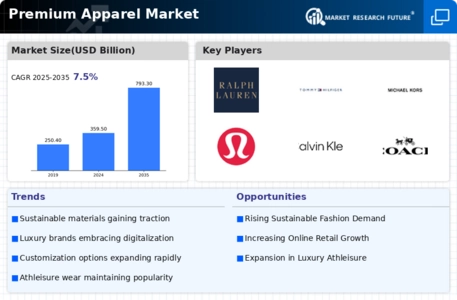
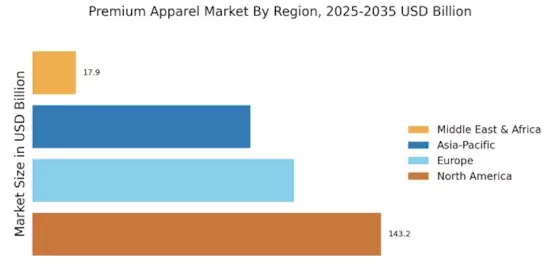
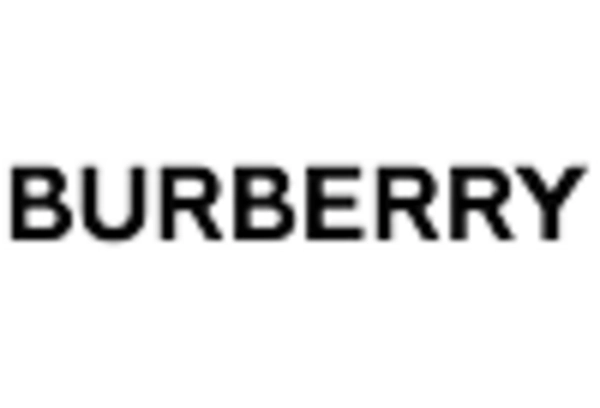
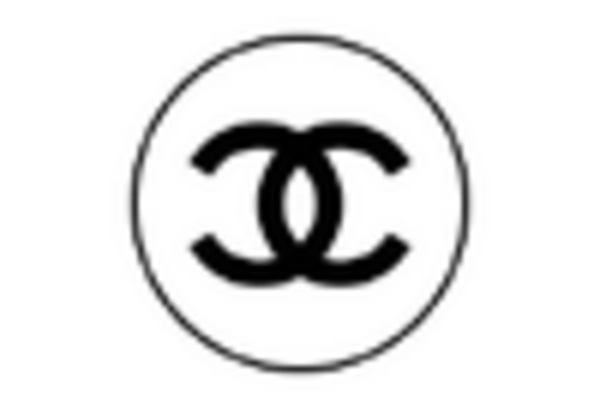
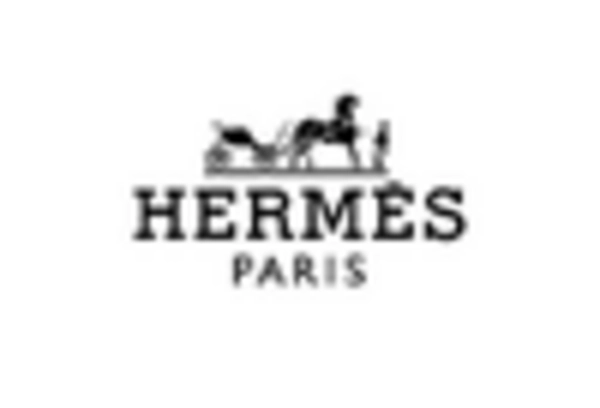
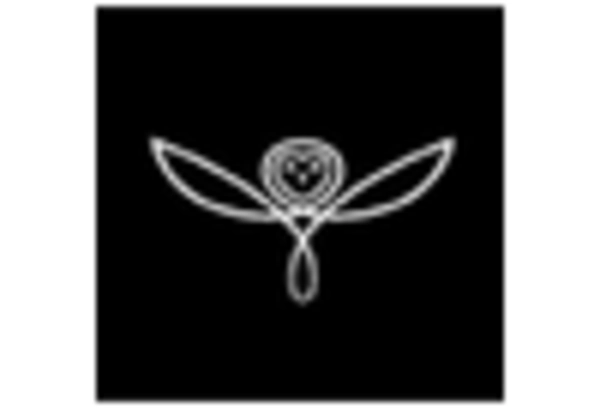
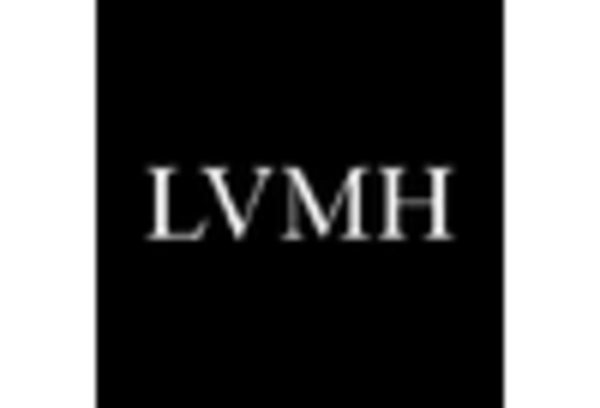
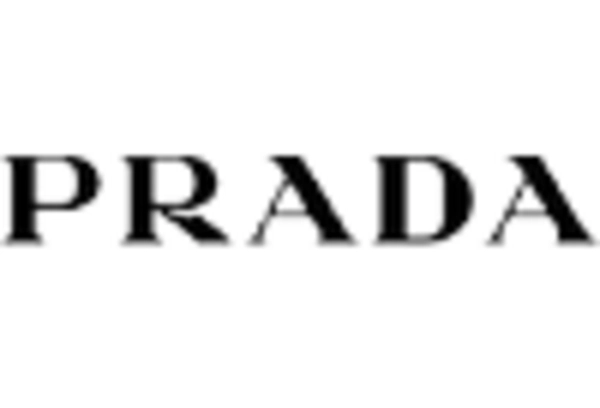








Leave a Comment